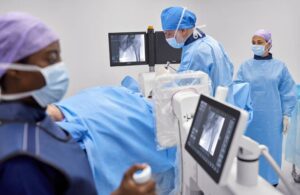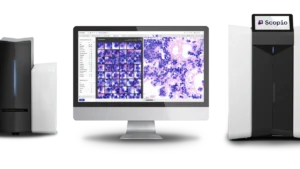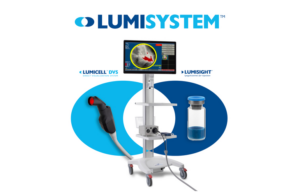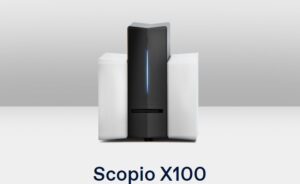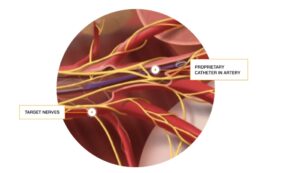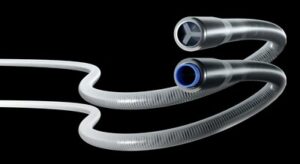
Innovative Aspiration Thrombectomy System by Expanse ICE Receives FDA Clearance for vessels of the peripheral arterial and venous systems
PLEASANTON, Calif., April 22, 2024 /PRNewswire/ — Expanse ICE announced today the ICE Aspiration System has received 510(k) clearance from the U.S. Food and Drug Administration. This announcement introduces a new and exciting player in the peripheral thrombectomy market.

